Echinodorus osiris
Scientific name: Echinodorus osiris
Family: Alismataceae
Maximum size reached under cultivation: 20 - 50 cm (7.87 - 19.69 inch)
014
Recommended pH range: 6.5 - 7.5
Recommended water hardness: 4 - 18°dGH (71.43 - 321.43ppm)
0°C 32°F30°C 86°F
Recommended temperature range: 21 - 27 °C (69.8 - 80.6°F)
Preferred propagation method: Runners
Native to: South America
Growth rate: Fast
Recommended substrate: Fine gravel
Lighting requirements: Medium
Ideal placement in tank: Midground
Common Name
Melon Sword
Origin
Echinodorus osiris is native to South America, specifically found in regions of Brazil. It typically grows along riverbanks, wetlands, and floodplains, where it thrives in both submerged and emersed conditions.
Growing Conditions
This plant adapts well to both submerged and emersed environments. When grown submerged in aquariums, it develops large, elongated leaves that may show a reddish hue, especially in cooler temperatures. In emersed setups, such as paludariums or shallow ponds, it may produce flower stalks and propagate via adventitious plantlets.
Echinodorus osiris prefers moderate lighting, though it tolerates slightly lower levels. Brighter lighting encourages reddish coloration in younger leaves, which later mature into deep green tones. Ideal water parameters include a pH between 6.5 and 7.5 and water hardness of 4 – 18 dGH. It thrives in temperatures ranging from 21 – 27°C (69.8 – 80.6°F). A nutrient-rich substrate is essential for optimal growth.
Planting Area
Due to its impressive size and spread, Echinodorus osiris is best placed in the middle to background of the aquarium. It serves as a striking centerpiece in medium to large tanks. In smaller aquariums, be cautious, as it can outgrow the available space. Its broad rosette and upright growth habit provide natural shelter for fish.
Propagation
Echinodorus osiris reproduces through runners (stolons) that produce adventitious plantlets. These daughter plants form around the mother plant, especially in nutrient-rich conditions. Once the plantlets develop several roots and leaves, they can be carefully separated and replanted in the substrate. For successful establishment, ensure adequate fertilization—using root tabs is highly recommended.
Difficulty
Echinodorus osiris is considered an easy-to-care-for plant, suitable even for beginners. However, its fast growth and nutrient demand mean that consistent care is important. It may require regular trimming and fertilization to maintain optimal health and visual appeal.
Short Description
Echinodorus osiris, known as Melon Sword, is a robust and decorative sword plant popular in freshwater aquariums. Its ability to produce reddish new leaves that mature into broad green foliage adds vibrant color and texture to the aquascape. This species is ideal as a focal point and offers excellent cover for fish due to its spreading rosette shape.
The plant benefits from root tab fertilization, especially during the early stages after planting. It is relatively undisturbed by herbivorous fish due to its taste-repellent foliage, making it suitable even for tanks with plant-nibbling species.
Although tolerant of lower lighting, stronger illumination enhances its red coloration. Yellowing or fading leaves may indicate iron deficiency, which can be corrected by adding iron-based plant supplements.
Echinodorus osiris is suitable for both submerged and emersed growth and may produce flowers when grown above water. In all, it is a hardy, fast-growing plant that thrives in well-maintained aquariums and brings visual impact and biological balance to any setup.
Frequently Asked Questions
-
Can Echinodorus osiris be grown in low light conditions?
Yes, it can survive in low to medium light, but its growth will be slower and less colorful. For vibrant reddish leaves and robust growth, moderate to bright lighting is recommended.
-
Does Melon Sword need CO2 injection?
CO2 supplementation is not required but can enhance growth. The plant performs well in non-CO2 tanks if provided with sufficient nutrients and lighting.
-
Why are the leaves of my Echinodorus osiris turning yellow?
Yellowing leaves are often a sign of iron deficiency or lack of nutrients in the substrate. Try using iron-rich root tabs or liquid fertilizers to correct the issue.
-
Can this plant be grown emersed?
Yes, Echinodorus osiris can grow emersed in paludariums or shallow water setups. When grown above water, it may even produce small white or pinkish flowers.
-
How often should I prune Melon Sword?
Prune older or damaged leaves as needed to maintain its shape and prevent overcrowding. Occasional trimming also encourages healthier new growth.
-
Is it safe to grow Echinodorus osiris with herbivorous fish?
Yes. This plant is generally avoided by herbivorous species because its leaves are less palatable. It's a great option for tanks with plant-nibbling fish.
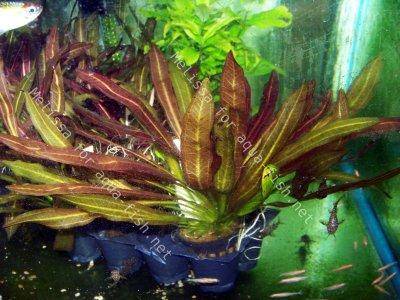


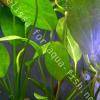 Echinodorus “Ozelot”
Echinodorus “Ozelot”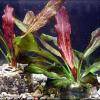 Echinodorus “Red Flame”
Echinodorus “Red Flame”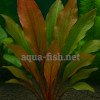 Echinodorus “Red Special”
Echinodorus “Red Special”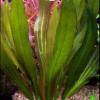 Echinodorus “Rubin”
Echinodorus “Rubin” Echinodorus “Tricolour”
Echinodorus “Tricolour”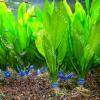 Echinodorus amazonicus
Echinodorus amazonicus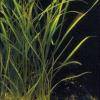 Echinodorus angustifolius
Echinodorus angustifolius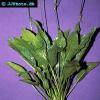 Echinodorus bleheri
Echinodorus bleheri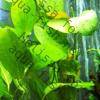 Echinodorus cordifolius
Echinodorus cordifolius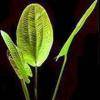 Echinodorus grandiflorus
Echinodorus grandiflorus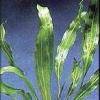 Echinodorus horemanii
Echinodorus horemanii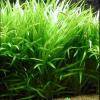 Echinodorus latifolius
Echinodorus latifolius Echinodorus macrophyllus
Echinodorus macrophyllus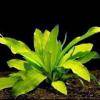 Echinodorus major
Echinodorus major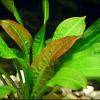 Echinodorus parviflorus
Echinodorus parviflorus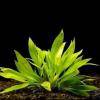 Echinodorus quadricostatus
Echinodorus quadricostatus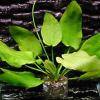 Echinodorus schlueteri
Echinodorus schlueteri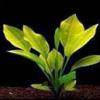 Echinodorus subalatus
Echinodorus subalatus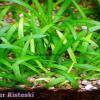 Echinodorus tenellus
Echinodorus tenellus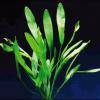 Echinodorus uruguayensis
Echinodorus uruguayensis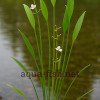 Sagittaria graminea
Sagittaria graminea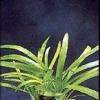 Sagittaria platyphylla
Sagittaria platyphylla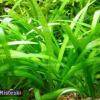 Sagittaria subulata
Sagittaria subulata